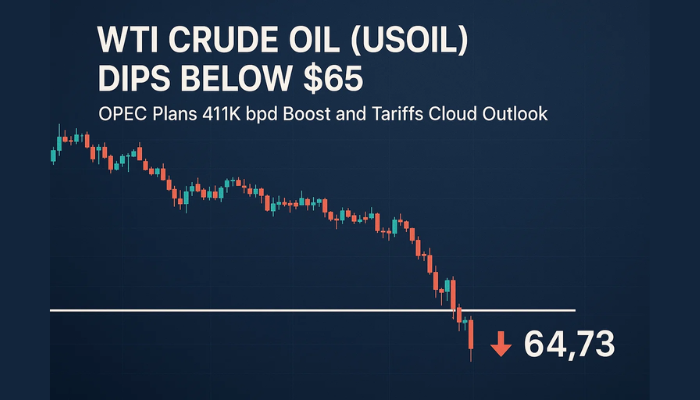Oil Prices Down Again Today Despite Drawdown in API Inventories
Crude oil futures closed at $78.45, down $1 or around -1%, despite the drawdown in the API private crude inventories for last week.

Crude oil futures closed at $78.45, down $1 or around -1%, despite the drawdown in the API private crude inventories for last week. Throughout the trading session, prices ranged from a high of $79.40 to a low of $77.70s. This marks the second instance in three days that the price has headed for the 100-day moving average (green), which currently stands at $78.30 acting as support, while the 200 daily SMA (purple) is acting as resistance.

Interestingly, today’s low price came just before reaching the 50% midpoint of the rally from December’s low, with the midpoint positioned at $77.66. Notably, the private API inventory data, released at 4:30 PM ET, indicated a significant decline, which could have influenced today’s price movement.
WTI Oil chart Daily – Trading Between 2 MAs
API Private Inventories
- Headline Crude Oil Inventories: A drawdown of 3.1 million barrels, exceeding the expected draw of 0.5 million barrels.
- Distillates Inventories: An unexpected increase of 0.349 million barrels, compared to the anticipated draw of 0.8 million barrels.
- Gasoline Inventories: A drawdown of 1.269 million barrels, surpassing the expected build of 0.5 million barrels.
- Cushing Inventories: A decrease of 0.6 million barrels.
- Strategic Petroleum Reserves (SPR): An increase of 0.6 million barrels.
OPEC Forecasts for Oil Demand Remain Unchanged
OPEC’s latest monthly report maintains its forecast for global oil demand growth, with projections indicating an increase of 2.25 million barrels per day (bpd) in 2024 and 1.85 million bpd in 2025, consistent with previous estimates. Despite some downward concerns, OPEC remains optimistic about the potential for global economic growth to strengthen throughout the year.
However, there are renewed tensions within OPEC+ regarding members’ output capabilities, which is impacting oil prices. Some countries, notably the UAE, are investing in expanding their oil production capacity. This has reignited discussions within the organization about output quotas, particularly as other countries such as Kazakhstan, Iraq, Kuwait etc are also mentioned in this context.
OPEC’s quotas are typically based on members’ capacity, with adjustments made accordingly. However, if a country increases its capacity, it effectively faces a larger percentage cut in production under existing quotas. Conversely, countries experiencing declines in output may find themselves operating closer to full capacity. Determining each member’s genuine capacity is often challenging, even for oil ministers, as various factors can influence production levels. These tensions highlight the complexities involved in managing output within the OPEC+ alliance and its impact on global oil markets.
US WTI Crude Oil Live Chart
- Check out our free forex signals
- Follow the top economic events on FX Leaders economic calendar
- Trade better, discover more Forex Trading Strategies
- Open a FREE Trading Account



